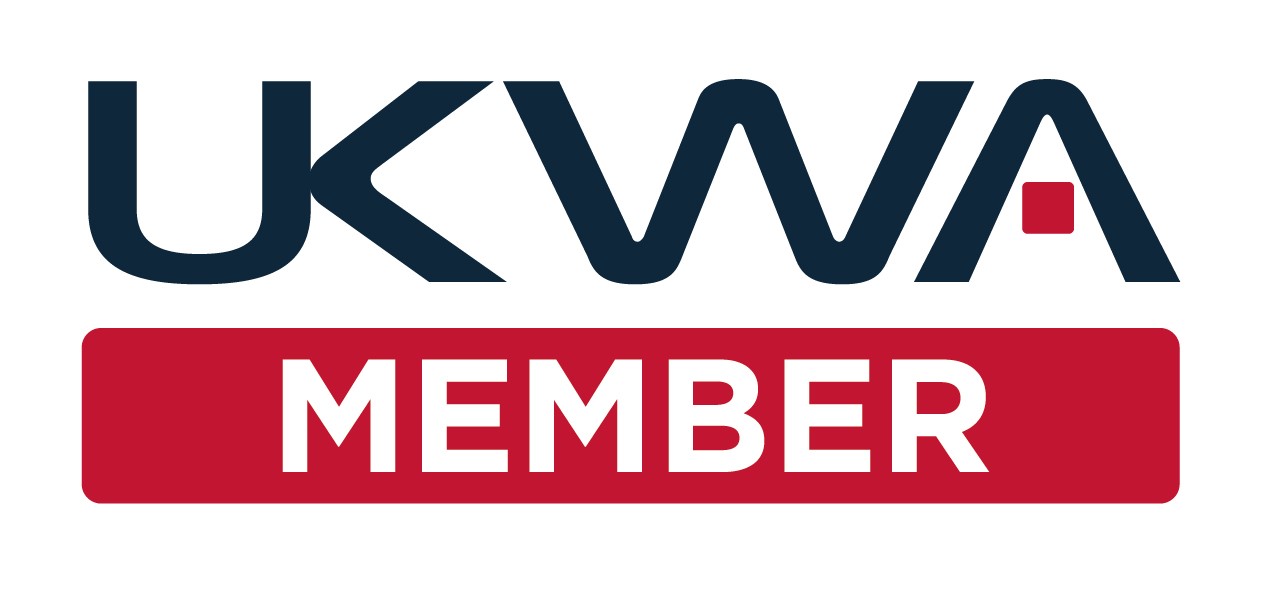8 Best Practice Tips for Warehouse Optimisation
8 Best Practice Tips for Warehouse Optimisation
3PL Warehouse Optimisation Best Practice Tips
8 tips to help you reduce OpEx and optimise your operations to drive up revenue
With more than 30 years’ experience in designing and deploying Warehouse Management Software & Supply Chain Solutions for 3PL, Supply Chain and Manufacturing operations, we’re industry experts in understanding operational needs and delivering solutions, enabling businesses to extract value from technology.
With the benefit of having improved hundreds of businesses spanning multiple industry sectors we thought we’d share some real-world operational improvement tips with you.
1. Warehouse WMS Business Intelligence & Analytics
Real-time business discovery – see, then act, fast
Capture live operational data via Voice, Barcode Scanning, RFID based technology or other integrated technology to review real-time pick status and picker performance.
Review activities via live user-definable dashboards, even before incidents occur. Then, apply “What-if” scenarios to deliver fast actionable insights which, when implemented, will adjust operator performance in line with your planned operational output.
Remember, measurement and action should be always real-time to take into account the constant changes across your business.
2. Logistics Warehouse Dynamic Cycle Counting
Boost stock accuracy and reduce mistakes
Count part of your inventory in a continuous cycle. The count can be done daily, weekly or monthly as there is no disruption to your business
ProWMS allows you to set the stock cycle count at either product record level, or product class level. This enables you to count your higher value stock more frequently.
At set intervals, the operative receives an instruction to pick the required quantity from the pick face. Before receiving their next pick instruction, they will be asked to blind count the balance in the pickface.
While you can set the rules, most operations will allow the operator to continue when the quantity entered matches the system quantity However where there is a discrepancy, a recount will be requested. If incorrect the second time, an automated email message can be sent to the stock office, or an automated task sent to Quality Control to strip and recount marshalled pallets where they have not left the building.
3. Logistics Warehouse Robotics and Automation
But only if forecasted to improve ROI
Affordable robotics technologies have become familiar in 3PL distribution for, amongst other things, stock movement, picking and packing. But before you deploy robotics technologies in your warehouse compare the long-term cost of ownership and operation to that of your manual process. considering your staff costs and planned output over the same period.
Or, how about considering RaaS (Robotics as a Service)? The top five segments for robotics-as-a-service are said to include factory and warehouse robots.
4. Logistics Warehouse Zone Planning
Improve efficiency, keeping it safe for staff
Grouping and locating similar items with similar storage needs and picking methods together aids operational efficiency. Good zone planning considers the types of material (bulk or rack storage, hazardous material, etc.) or the division of equipment and personnel used to put away, move and pick.
Zone and by Shift & Zone pattern techniques enable management to shift operatives from zone-to-zone across the warehouse. So, for example, if replenishment volumes are heavy in one zone, an operator can be locked to that zone until all work completes (as case pick). And, if there are multiple orders in a zone where no replenishment is required then those orders can be released first, reducing picker wait times and improving operational efficiency.
On a recent implementation of a Distribution Centre (DC) for a chain of retail stores, we put product away by Department and Sub Department to manage the picking. This resulted in picked pallets entering at the store level having the correct goods per department and, indeed, sub-department.
5. 3PL Warehouse Stock Replenishment
Optimise your putaway process
Aligning with slotting frequency, this is just as important as your picking methods. Is inventory as easy to replenish as it is to pick? Putaway logic can help you define both the receiving process and stock locations.
ProWMS can manage a range of stock replenishment methods:
- Wave or demand replenishment – only the stock needed for the day (or wave) is moved to forward pick locations. This can be a useful option for warehouses with small pick faces or slow-moving SKUs.
- Opportunistic replenishment – only the amount of inventory needed for the demand forecast is moved to picking locations. The goal of opportunistic replenishment is to increase productivity by minimising the number of trips to the bulk areas.
- Top-up replenishment – each fixed location is filled to capacity during downtime.
- Real-time replenishment (pick-to-zero) – manages traceability through the pick-faces. Operators trigger the replenishment in real-time once the quantity in the pick- face reaches zero.
6. 3PL Warehouse Stock Picking
Consider your order plan & pick processes first
Split case (or broken case) picking, where individual items are picked from bins or open cartons, usually involves very high SKU quantities but low pick volumes. Unlike full pallet or full case picking, split case picking requires individual units to be picked from individual locations and placed into a container, like a tote. This requires more stock handling and more totes to process, hence increased labour cost.
7. Warehouse Product Slotting / Re-Slotting and Remapping
Optimise Stock Volumes Through the Pickface
A major part of a picker’s daily activity includes travel time (on foot, by forklift or pallet trucks, etc.) so reducing walk time can deliver considerable business benefits.
Warehouse managers must regularly look at the volumes through the pickfaces and continually ensure that these are optimised. There is little point having a high pick volume product at a distant location.
Consideration needs also to be given to pallet building logic (e.g. crushability, possible congestion on aisles etc.). ProWMS can provide a visual map where the high volumes of picks are represented by the darker colours in this dashboard display.
8. 3PL Warehouse Staff Training
Improve operational processes, enforce a robust and continuous training programme
Your warehouse operations team constantly changes and evolves. Staff should always be up-to-speed on all aspects of warehouse layout, stock types, packaging, equipment (including voice and handheld device operation), machinery, robotics equipment and software systems. And last but not least, processes. All of which must be robustly documented and audited.
 ProWMS Warehouse Management Software is the preferred choice to manage the operational requirements of many large and small warehouses, 3PL Third-party Logistics providers, Distribution and Manufacturing operations. Our customers include Morrisons plc, Dale Farm, Agro Merchants and more.
ProWMS Warehouse Management Software is the preferred choice to manage the operational requirements of many large and small warehouses, 3PL Third-party Logistics providers, Distribution and Manufacturing operations. Our customers include Morrisons plc, Dale Farm, Agro Merchants and more.
Previous Article
Warehouse Inventory Management UK and IrelandWe'll assume you're OK with this, but you can opt-out if you wish.Accept Reject Read More






